Everything You Need to Know About Graphics Cards: Buying Guide & Expert Tips

If you’ve ever felt overwhelmed stepping into the world of GPUs, you’re not alone. Choosing the right graphics card is one of the trickiest parts of building or upgrading a PC. In this guide, I’ll walk you through how to choose a graphics card, explain critical specs, compare AMD vs NVIDIA, help you pick thebest GPU for gaming, and highlight what to consider ifyou’re going for4K gaming.
This graphics card buying guideis your ultimate companion to navigate through the maze of options. We'll break down key specs, performance insights, comparisons, and practical tips to help you make an informed purchase, especially ifyou'reshopping at Laptop Outlet, one of the UK’s trusted tech retailers.
Understanding What a Graphics Card Does
A graphics card, or GPU (Graphics Processing Unit), is the powerhouse responsible for rendering images, videos, and animations on your screen. Think of it as the heart of your visual experience. It determine show smoothly your games run, how sharp your 4K videos look, and how efficiently your creative software performs.
In gaming, the GPU’s role is even more significant, it controls frame rates, resolution quality, and graphical details. A good GPU ensures that your games not only look stunning but also run seamlessly without lag or stutter.
Why the GPU Market is Exciting in 2025
The Rise of the 50-Series GPU
The hottest thing in GPU land right now is Nvidia’sRTX 50 series,built on the Blackwell architecture. These cards launch with big promises: smarter AI acceleration, faster ray tracing cores, and memory upgrades (GDDR7) to push higher bandwidths. And yes, they also bring next-gen features like DLSS 4 and enhanced Multi-Frame Generation (MFG), making them ideal for future titles.
Prices in the UK have already started softening, with Nvidia lowering MSRP for several 50-series models in response to currency shifts and market pressure. Ifyou'reeyeing a top-tier GPU, now’s a sweeter moment than you might think.
Why Choosing the Right GPU Matters
When you invest in the right GPU, you’re future-proofing your system. Whether you want to enjoy next-gen gaming, handle 3D rendering, or run advanced AI tools, the graphics card is central to performance. Skimping on the GPU could lead to bottlenecks, where other components like your CPUcan’treach their full potential because your graphics card is underpowered.
The Core: Graphics Card Buying Guide
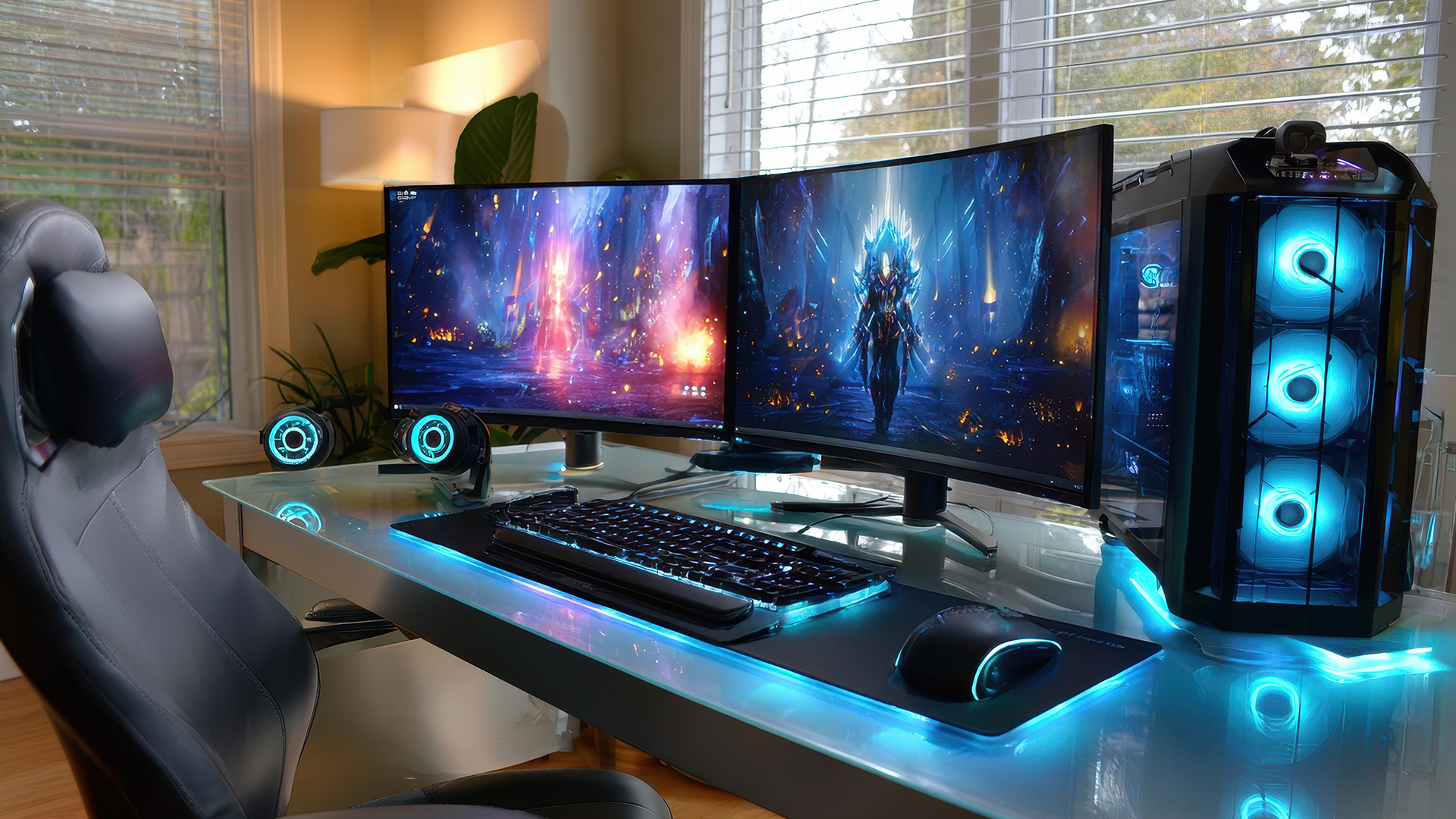
Before you get lost in model numbers, here’s a clear breakdown of what matters and why.
What Specs Are Important?
GPU Architecture & Generation
Each new generation (e.g. 50 series vs 40 series) typically brings improvements in efficiency, feature support (ray tracing, AI, compression), and performance per watt. The 50 series features Blackwell cores and updated tensor/RT units. But a solid 40-series card is still a strong performer.
VRAM (Video RAM)
VRAM is the amount of memory the GPU has for textures, frame buffers, assets, etc. If you're gaming at 4K orusing ultra high-res textures,you’lllean toward 12 GB, 16 GB, or even 24 GB variants. Lower resolutions (1080p, 1440p) can often be served by 8 GB or 10 GB, butthat’sbecoming riskier in modern titles.
Memory Type & Bandwidth
Modern cards use GDDR6, GDDR6X, or GDDR7. Higher bandwidth helps with data movement. This is why Nvidia moved to GDDR7 in 50 series. Also, features like compression, caching, and memory bus width play a role too.
Core Count, Clocks & Boosting
FLOPS, CUDA cores (or equivalent in AMD),andboostclocks areindicators of raw throughput.Howver,don’tjudge solely on “GHz” — architecture and efficiency improvements matter more with newer generations.
Ray Tracing & AI Features
Ifyou'reinto modern games with realistic lighting, shadows, reflections, then ray tracing cores matter. Nvidia pairs that with DLSS (now DLSS 4) and MFG to accelerate frames. AMD counters with FSR. The gap narrows, but Nvidia currently holds some advantages in ecosystem and developer adoption.
Power & Thermal Design (TDP)
You need a PSU that can handle the GPU’s demands, plus good case airflow. Always check the manufacturer’s recommendations. A high-end card without proper cooling will throttle or overheat.
Outputs & Compatibility
Ensure the card supports the outputs your monitor needs (HDMI, DisplayPort) and that your motherboard has enough room (length, PCIe slot, power connectors). Newer cards support DisplayPort 2.1 and higher refresh rates.
How to Choose a Graphics Card: Practical Steps
1. Define Your Target Resolution & RefreshRate
- 1080p @ 144 Hz?Probably mid-tier GPU.
- 1440p @ 165 Hz or 240 Hz?You’lllikely wanta higher midrange GPU.
- 4K @ 120 Hz or more? Flagship or high-end GPU is your target.
2. Set a Budget Ceiling
Don’tgo into sticker shock chasing theoretical top frames. Decide your best ROI point.
3. Check PSU and Case Compatibility
Ensure your power supply has enough wattage and connectors. Check available GPU length and slot width.
4. Balance Memory and Bandwidth
A GPU with 12 GB VRAM but weak bandwidth can bottleneck, and vice versa.
5. Check Feature Support
If DLSS, MFG, ray tracing, or FSR matter to you, favour cards that excel in those domains.
6. Compare Real-World Benchmarks
Look at game tests, especially the onesyou’llplay.
7. Future-Proofing
If you expect to upgrademonitors, play new games for 3–5 years, lean toward more VRAM, newer architecture, and headroom.
GPU Comparisons: 50 Series vs 40 Series and Beyond
50 Series (Blackwell) vs 40 Series (Ada Lovelace)
- Performance Uplift: While the leap is meaningful, much of the gain comes from smarter AI and efficiency rather than sheer clock speed.
- FeatureSets: 50 seriesaddDLSS 4, better MFG, and improved memory types (GDDR7).
- PriceDynamics: Nvidia has already trimmed MSRPs in the UK to respond to market pressure.
- ValueOverlap: In midrange segments, 40-series cards often come down in price and may offer better performance per £ at certain tiers.
AMD vs NVIDIA GPUs
- Performance: AMD often delivers strongrasterisationperformance per pound. Their ray tracing and AI tech (FSR) are catching up but still a touch behind in some titles.
- Ecosystem: Nvidia has a lead with DLSS adoption, mature drivers, and a large library of supported features. AMD is pushing forward with FSR, but compatibility can vary.
- Thermals & efficiency: Historically AMD has used more power for similar performance, but architecture optimisations are narrowing that gap.
- VRAM & memory: AMD sometimes offers more memory for less, which can help in memory-heavy workloads.
- Choosing between them: If your workload involves AI, video encoding, or you value DLSS, Nvidia may be stronger. If you want the best value per £ for raster workloads, AMD is compelling.
Example Comparisons (for context)
- RTX 5070 Ti vs RX 9070 XT
- RTX 5080 vs RX 9070
- Older: RTX 4080 vs RX 7900 XTX
- Budget: RTX 4060 Ti vs RX 7600
These pairs often show close performance, but the winner depends onthegame, driver, resolution, and feature use. Always check up-to-date benchmarks.
The Best GPU for Gaming: Tier by Tier
Here’sa rough mapping of what GPU tiers suit which kind of gaming needs:
|
Tier |
Ideal Use |
GPU Class Examples |
|
Entry / Budget |
eSports, 1080p high refresh |
RTX 4050 / RX 7600 / RTX 4060 Ti |
|
Mainstream |
1440p high settings |
RTX 4070 / RTX 5070 / RX 9070 |
|
Upper Mid |
1440p ultra / 4K 60+ |
RTX 4080 / RTX 5080 / RX 9070 XT |
|
Enthusiast / Flagship |
4K 120+ / 4K ultra ray tracing |
RTX 4090 / RTX 5090 / RX 7900 XTX |
These classes overlap; the latest 50-series have shifted the balance.
Laptop Outlet already show cases NVIDIA GeForce RTX 5090, 5080, 5070, and more cutting-edge GPUs in its; you can explore gaming GPU deals sectionto buy one for you.
Graphics Card for 4K Gaming: What You Must Know
4K is a demanding resolutionto get 60+ FPS (or more) with high settings and ray tracing,you’llneed:
- High VRAM, often 16 GB or more
- High memory bandwidth
- Strong ray tracing cores + AI upscaling
- A powerful CPU, to avoid bottlenecks
- Good cooling
A 40-series GPU like the 4090 can still perform well, but the new 50-series GPUs are built to push these boundaries further. Pair them with a monitor that supports VRR and HDMI 2.1 or DisplayPort 2.1 for full bandwidth.
Graphics Card Performance Tips & Tricks
- Keep drivers updated — GPU makers frequently enhance performance through software patches.
- Use in-game performance mode or dynamic resolution scaling to main tainfluid frame rates.
- Enable DLSS / FSR / MFG appropriately — these can boost performance without quality loss.
- Maintain good airflow / cooling — hot GPUs throttle, meaning you lose performance.
- Clean your rig regularly — dust builds up and chokes airflow.
- Limit background tasks — any unnecessary process using VRAM or CPU can reduce performance.
- Overclocking (with caution) — some headroom exists, but stability and longevity matter.
GPU VRAM Requirements: The Rules of Thumb
- 8 GB: Minimum for 1080p or some 1440p; becoming a limiting factor in newer titles.
- 12 GB – 16 GB: Sweet spot for 1440p ultra and 4K medium / high settings.
- 24 GB+: For 4K ultra + mods, content creation, or highly modded games.
- VRAM > GPU bandwidth can be a bottleneck: Just having high VRAM isn’te verything — speed and architecture matter too.
Note: new compression techniques and hardware advances are reducing VRAM demand in some cases. Butdon’trely on that until widely adopted.
When & Howto Upgrade Your Graphics Card
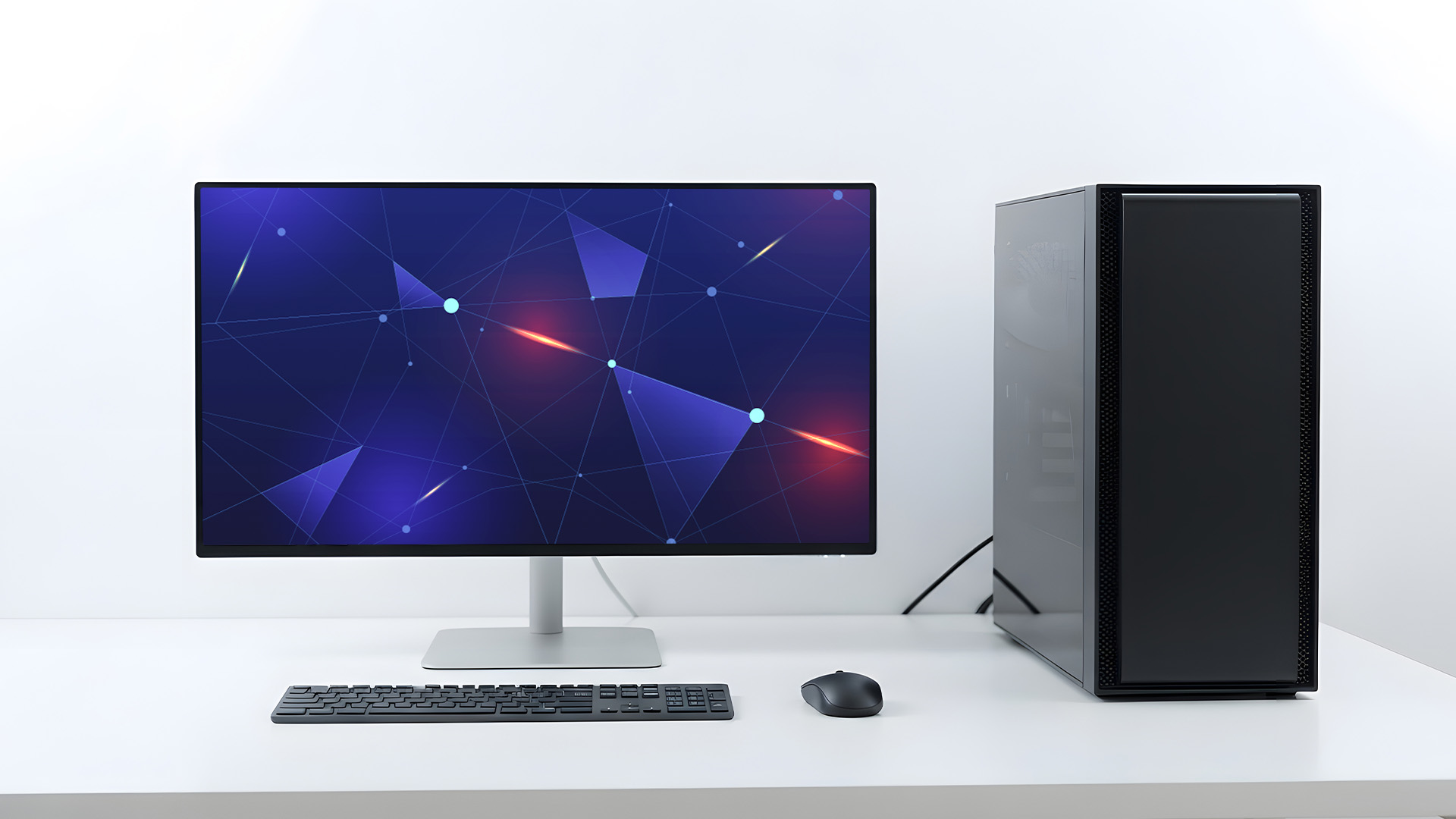
When to Upgrade
- Youcan’trun new games at your desired resolution/settings.
- Frame rates often dip below the monitor’s refresh rate.
- You find yourself constantly disabling features to improve performance.
- Your GPU is old (5+ years) and lacks support for newer APIs, ray tracing, or AI features.
How to Upgrade Smoothly
- Backup your data
- Uninstall old GPU drivers (use DDU or similar tool for a clean slate).
- Install the new GPU, connecting power and ensuring proper seat in PCIe slot.
- Install the latest drivers from the GPU maker (Nvidia, AMD).
- Test with benchmarks and games to check temperatures, stability, and performance.
- Fine-tune settings — enable DLSS / FSR / MFG and play with graphics presets.
Why Buy from Laptop Outlet?
- You get direct access to top GPU brands like ASUS, MSI, ZOTAC — trusted options for both AMD and NVIDIA.
- They often run promotions or 0% finance deals to ease the investment.
- Reputable business with UK-based shipping and support (though, like any retailer, occasional review issues arise
- Because Laptop Outlet already lists many 50-series GPUs (5090, 5080, 5070, etc.),it’sa one-stop shop to comparelatest NVIDIA graphics cardsin your region.

Wrapping Up!
In conclusion, choosing the right GPU doesn’t have to be overwhelming — it’s about balancing performance, features, and value for your specific needs. Whetheryou’reupgrading for smoother gameplay, sharper visuals, or future-ready performance, our graphics card buying guide helps you make an informed decision. The latest NVIDIA 50-series GPUs redefine what’s possible, while 40-series and AMD alternatives still offer incredible power for less. Explore gaming GPU deals at Laptop Outlet to find the best fit for your setup, from high-end ray tracing beasts to affordable AMD graphics cards, there’sa perfectoptionwaiting for you.

Your What & Why...
Is it worth buying a 50-series GPU now, or waiting for further drops?
If your current GPU is struggling, the 50 seriesbringsnext-gen features that are difficult to get elsewhere now. That said, prices may decline further. But waiting indefinitely risksmissing out onperformance gains in new games.
Can a 40-series GPU still compete with the 50 series?
Absolutely. Top 40-series cards like the RTX 4090 or 4080 still deliver stellar performance. In many price ranges, 40-series may offer better value per pound, especially as supply loosens.
How much wattage should my PSU be for a 50-series GPU?
It depends on theparticular model(e.g. 5090 vs 5070).But generally, aimfor 850 W or more, quality brand, and proper 8-pin/12-pin connectors. Always check the manufacturer’s recommendation.
How do I pick between VRAM and bandwidth if Ican’thave both?
Go for the balance: more VRAM helps with texture-heavy scenes and 4K, but bottlenecked bandwidth will choke performance. Prefer a card with decently fast memory plus enough VRAM for your target resolution.
Should I prioritise DLSS / MFG support or raw horsepower?
Ifyou'regaming in higher resolutions and want frame rate headroom, DLSS / MFG or equivalent upscaling tech isvery valuable. Raw power is still important, but features can magnify it.
Does Laptop Outlet ship to all UK regions and provide aftercare?
Yes, Laptop Outlet supports UK mainland delivery and provides customer support for repairs and enquiries. Just double-check product listings for stock status, shipping options, and warranty details.
Let me know ifyou’dlike a shorterversion, orwant me to inject specific GPU SKUs (with pricing) from the Laptop Outlet inventory.
Most laptops have fixed GPUs, but you can consider external GPU (eGPU) setups if supported.
What’sthe best GPU for gaming under budget?
The AMD Radeon RX 7600 and NVIDIA RTX 4060 offer the best value for 1080p and 1440p gaming.
| Read More: |
| Best High-End Graphics Cards For Hardcore Gamers & Creators |
| RTX 5050 Graphics Cards Review: Is It Worth the Upgrade? |
| VR-Ready Graphics Cards: Best Picks for 2025 |
Related Articles

January 28, 2025
The laptop market in 2025 has been completely transformed by NVIDIA GeForce RTX GPUs, offering unparalleled power, visuals, and versatility. With over 80% of high-performance laptops now featuring RTX GPUs, they’ve become the go-to choice for gamers, creators, and professionals alike. Whether you're chasing the cutting-edge performance of the latest RTX 50 series laptops or the proven reliability of RTX 40 series models, there’s an option for every need and budget.
NVIDIA's advancements in ray tracing, DLSS 3.5, and AI-powered acceleration make these laptops 50% faster than their predecessors, delivering lifelike graphics and exceptional efficiency. The gaming industry alone has seen a 35% rise in demand for RTX-powered laptops in 2025.
Ready to dive in and find the perfect RTX laptop? Read on as we explore the top models, including their specs, pricing, and unique features, so you can make an informed choice. Don’t miss the ultimate guide ahead!
What Makes NVIDIA GeForce RTX Laptops Stand

February 20, 2025
Looking for portable graphics cards? Graphics cards are an essential component for gamers, creative professionals, and tech enthusiasts. As the market evolves, new models are released with cutting-edge technology, while older ones become more affordable. Whether you are looking for the latest high-performance GPUs or seeking budget-friendly options, 2025 presents some fantastic deals on graphics cards.
In this blog, we will explore the best deals on gaming graphics cards, including RTX and AMD GPUs, and help you find the most value-packed choices from top brands. Whether you are searching for discounts on AMD graphics cards or affordable Nvidia graphics cards, we have you covered.
Why 2025 Is a Great Year for Buying a Graphics Card
The GPU market in 2025 has stabilised significantly compared to previous years, making it an ideal time to grab some of the best deals. Key factors influencing the affordability of graphics cards this year include:
- Increased Supply: Manufacturers have ramped

February 25, 2025
In 2025, gaming and content creation are more accessible than ever, thanks to Nvidia’s lineup of budget-friendly graphics cards. Whether you're a casual gamer, a competitive esports player, or a creative professional, finding the right GPU doesn’t have to drain your wallet. The market is filled with options that deliver exceptional performance without the premium price tag, ensuring you get the best value for your investment.
From the power-efficient GTX 1650 to the feature-rich RTX 3060, Nvidia continues to redefine budget gaming. These GPUs offer remarkable frame rates, smooth gameplay, and cutting-edge features like DLSS and ray tracing—bringing next-gen technology within reach for everyone. With the right choice, you can enjoy immersive visuals, faster rendering, and seamless multitasking without compromise.
With so many options available, it can be challenging to determine which budget Nvidia GPU is the best fit for your needs. Whether you’re looking for smooth 1080p gaming, entry-level

April 25, 2025
Exploring the Latest and Greatest in GPU Tech!
If you're wondering what makes a graphics card "good," you're not alone. Whether you're a gamer, a creator, or just love a snappy desktop experience, the right GPU (graphics processing unit) can completely redefine the way your system performs. With the release of Nvidia's 50 Series and AMD's latest GPUs, there's much to get excited about. But what actually makes a graphics card good? And which are the best graphics cards out there at the moment?
Let's break it down, human-style—no jargon overload, no fluffy nonsense, just real talk about real performance.
What Makes a Graphics Card 'Good'?
At its core, a good graphics card delivers consistent performance, reliable cooling, and future-ready features. Whether gaming at 4K, editing high-resolution video, or running AI software, a good GPU doesn't slow down when pushed.
The best graphics card should offer:
- Solid FPS (frames per second) across modern titles
- Support for ray tracing

May 29, 2025
Virtual reality is the way forward when looking for total immersion and enjoying entertainment in another dimension. Whether you're stepping into alien landscapes, racing through hyper-realistic circuits, or exploring entire worlds from your living room, VR takes everything you love about gaming and cranks it up to another level. But to truly make the most of it, your PC needs to be more than just average; it needs serious graphical muscle.
If you plan to upgrade your system for a smoother, sharper, and more responsive VR experience, choosing the best graphics card for virtual reality experiences is key. And with so many options now on the market, narrowing it down can be daunting. That's why we've done the legwork for you.
Unlike standard gaming, virtual reality demands more from your hardware. Take it as running dual high-resolution displays - except one is strapped to your face, and every frame counts. Frame rates need to stay consistently high, latency needs to be minimal, and

July 02, 2025
The RTX 5050 arrives as a timely and much-needed addition to NVIDIA’s mid-range line-up. With GPU prices escalating and older models ageing out of relevance, this card positions itself as a smart compromise between performance, features, and affordability. Targeted at gamers, upgraders, and budget-conscious users alike, it strikes an appealing balance that’s increasingly rare in the entry-level space. If you're considering an RTX 5050 upgrade, this RTX 5060 graphics cards review has something for you.
Architecture & Specifications: A Capable Foundation
Under the hood, the RTX 5050 is built on NVIDIA’s Blackwell architecture, the same foundation used in high-end models like the RTX 5090 graphics card. This gives it access to 5th-gen Tensor cores and 4th-gen RT cores, cutting-edge tech for a budget-friendly GPU. The card features 2,560 CUDA cores, a boost clock of up to 2,570 MHz, and 8GB of GDDR6 memory with 320 GB/s bandwidth. Despite its modest memory interface, performance stays sharp
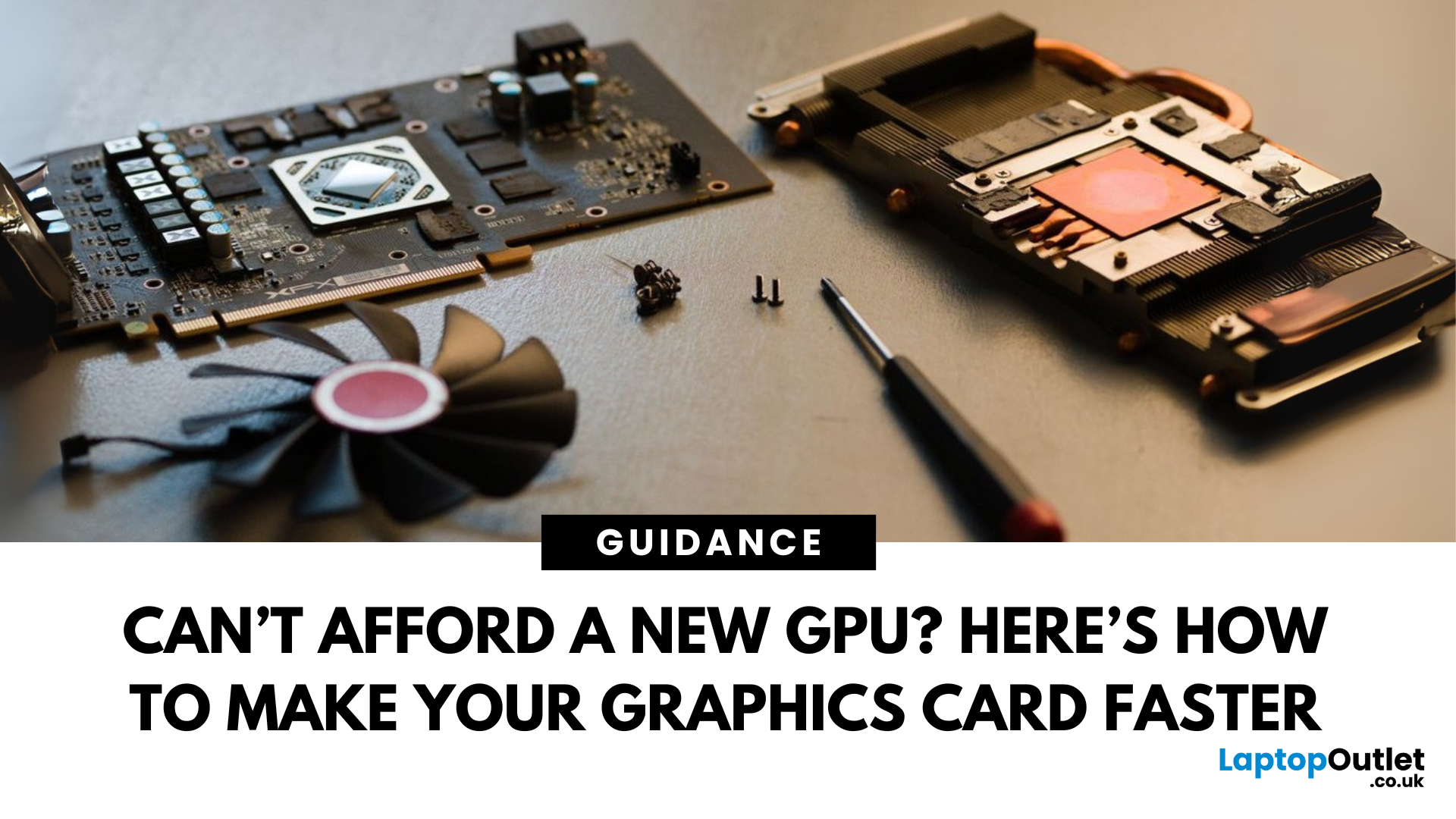
July 02, 2025
Let’s face it. Graphics cards are expensive. And while everyone wants that shiny new GPU to max out game settings or improve their creative workloads, it’s not always realistic. Between supply issues, steep prices and rapid technology cycles, buying a new graphics card can often feel like a luxury rather than a necessity.
The good news is that you don’t need to replace your GPU to breathe new life into your gaming rig or workstation. With a little time, care, and smart system tweaks, you can get more performance out of your current card and make it run quieter, cooler and faster.
In this guide, we’ll walk you through practical ways to improve your GPU’s performance, longevity, and efficiency without splashing out on brand-new hardware. If you’re looking to upgrade graphics card performance without replacing it entirely, you’re in the right place.
Tips to Make your Graphics Card Faster Without Upgrading It
-
Clean and Maintain Your GPU for a Performance Boost
Before we even touch the software
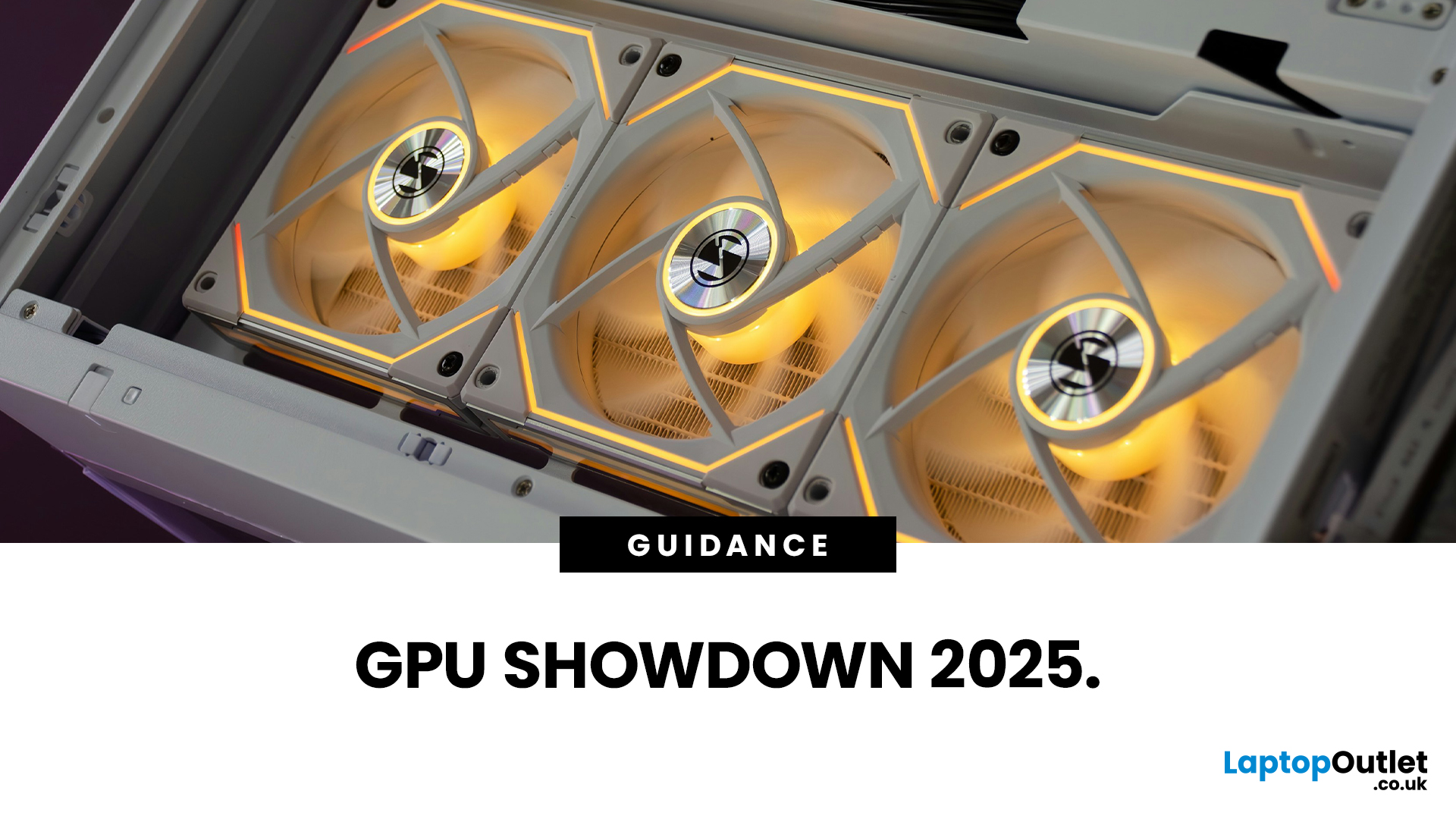
October 22, 2025
We’ve been deep in the trenches with today’s top-tier GPUs, testing them across real-world gaming sessions, editing timelines, and production rigs. This isn’t just another spec dump. It’s a curated breakdown of what actually matters when you're pushing pixels or chasing frames. Whether you're building for buttery 4K gameplay or need something that won’t choke on a multi-cam 8K edit, we’ve cut through the marketing noise to highlight what each card nails (and where it stumbles). No filler, no fluff, just the kind of insight we’d want before dropping serious cash on a new GPU.
ASUS GeForce RTX 5090 ROG Astral 32GB OC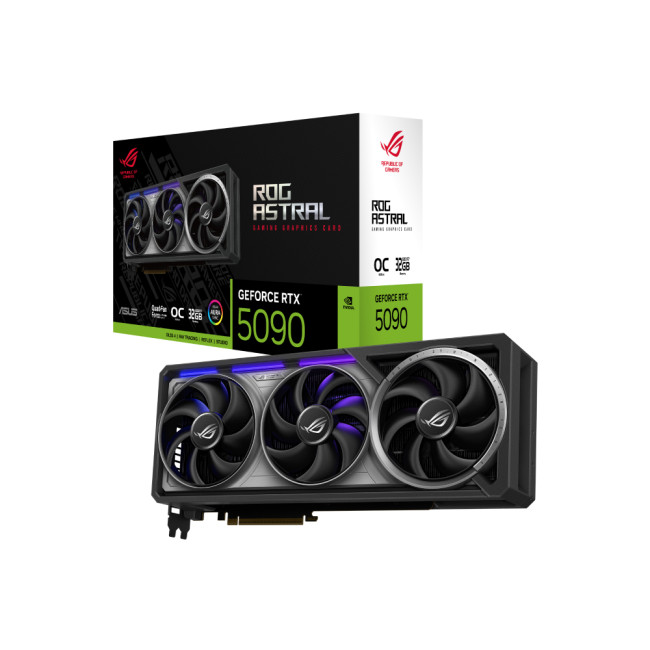
Also Known As:
- ROG STRIX RTX 5090
- NVIDIA GeForce RTX 5090 ROG Astral OC
- The Beast from the Future
Overview & Standout Features
The ASUS RTX 5090 ROG Astral isn’t just a GPU; it’s a flex. This monster packs 32GB of next-gen GDDR7 VRAM, triple axial-tech fans, and more RGB than your setup probably needs (but still wants). ASUS has taken NVIDIA’s flagship and strapped
